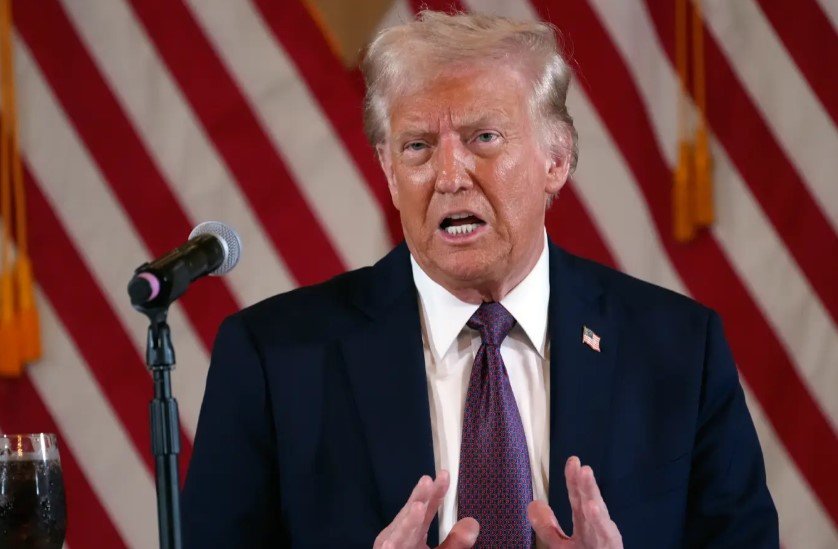With just a week to go before his promised wave of reciprocal tariffs takes effect, President Donald Trump isn’t backing down. His message? America’s patience has run out.
April 2nd: Trump’s ‘Liberation Day’ Tariff Blitz
“We have been very nice to a lot of countries for a long time, but April 2nd is Liberation Day,” Trump declared in a fiery statement.
For months, Trump has teased a sweeping set of tariffs aimed at countries he says have taken advantage of the United States. Now, the clock is ticking, and his rhetoric is only getting sharper. The president made it clear that the upcoming tariffs — branded as ‘reciprocal’ — won’t offer much room for exceptions.
“I may give a lot of countries breaks, but it’s reciprocal,” he said. The plan, according to Trump, is to match or exceed the tariffs other countries place on American goods.
This announcement follows the administration’s fresh tariff push on Venezuelan oil buyers, setting the stage for what could be a turbulent month in global trade.

Who’s in the Crosshairs?
Trump’s latest remarks came during a week of high-stakes trade talks with India, a key partner that might feel the heat. But India may walk away with only minor bruises — experts suggest its low exposure to US exports could soften the blow.
Still, other nations might not be so lucky. Among those likely to face sharp penalties:
- China — Already battling hefty tariffs on electronics and machinery.
- European Union — Potential hikes on cars, agriculture, and steel.
- Canada and Mexico — Despite the USMCA trade agreement, lumber and dairy products may still see tariff adjustments.
Trump insists this isn’t about punishing allies — it’s about rebalancing the scales. “We will be bringing back some money that has been taken from us,” he said, doubling down on the economic pivot he sees as crucial to stave off a looming recession.
What’s on the Tariff Menu?
The president hinted at a buffet of new tariffs beyond oil. Among the sectors he specifically mentioned:
- Automobiles — A long-rumored target, especially luxury imports from Europe and Asia.
- Lumber — A nod to the ongoing Canada-US softwood lumber dispute.
- Industrial goods — Machinery, electronics, and steel may also be under the microscope.
One industry leader summed it up: “It’s like a thunderstorm — we know it’s coming, but we don’t know how bad it’ll get.”
Markets Brace for Impact
Wall Street has been watching nervously. After Trump’s announcement, US crude futures jumped to a three-week high, signaling traders expect a shakeup in global energy flows. Meanwhile, Venezuela’s sovereign bonds slid further, reflecting investor jitters over the country’s dwindling economic lifelines.
Equity markets have shown mixed reactions. Some companies that rely on domestic production — like steel manufacturers — saw modest gains, while multinational corporations took a hit.
Economists are split. Supporters argue the tariffs could boost domestic industries and claw back revenue from trading partners with historically higher duties. Critics warn of rising consumer prices and retaliatory measures that could choke off US exports.
The Political Game
With the 2026 midterms looming, Trump’s aggressive stance could be a high-stakes gamble. His base, especially in manufacturing-heavy states, has largely cheered the move. But businesses that rely on international supply chains — from tech giants to auto manufacturers — are less enthusiastic.
